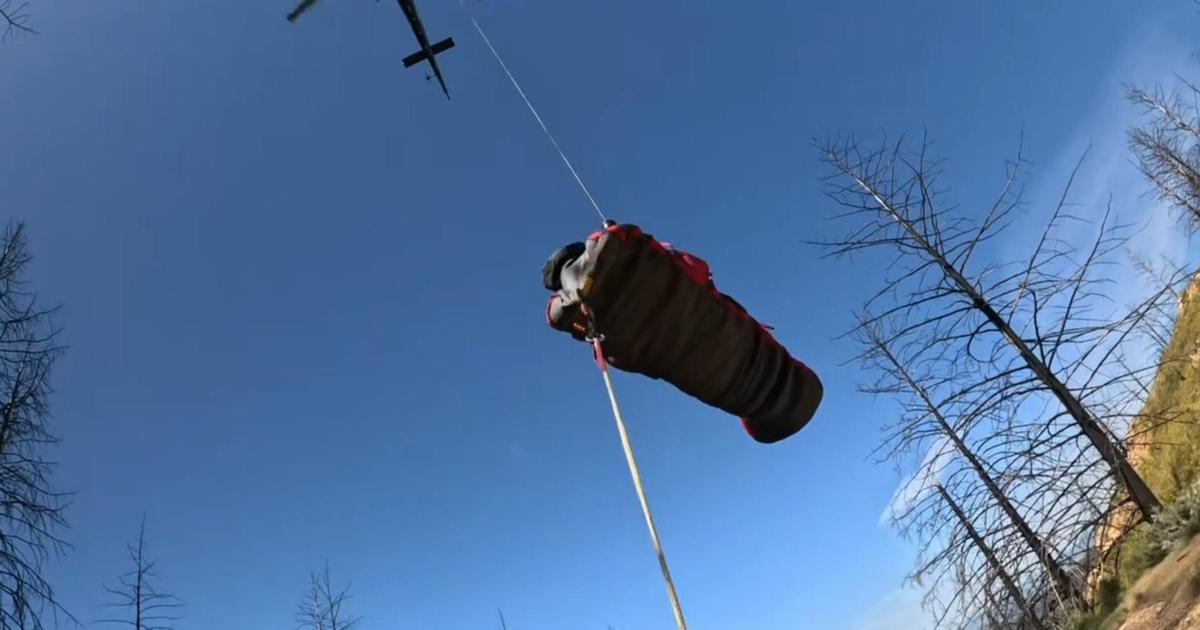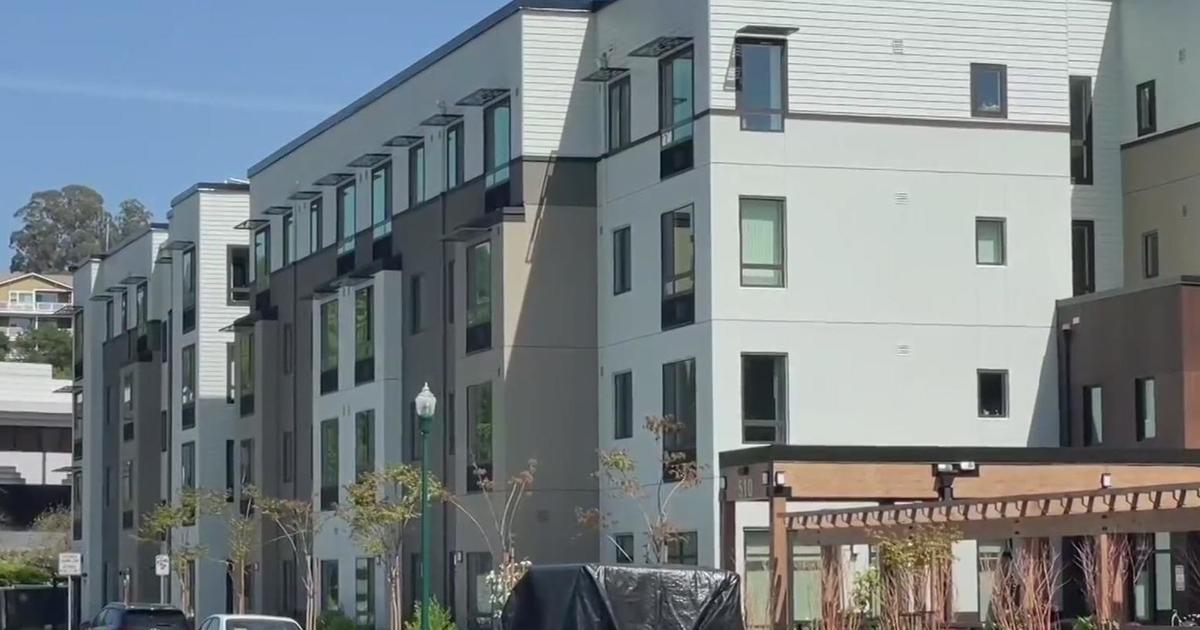COVID Surge: Bay Area ICU Capacity At Under 13%; Stay-At-Home Order To Go Into Effect For Entire Region
SAN FRANCISCO (CBS SF) -- Napa, Solano and San Mateo counties were set to join the rest of the Bay Area under a regional stay-home order starting at midnight Thursday as coronavirus cases continue to surge and fill up Bay Area hospital beds.
According to the California COVID-19 website, Bay Area ICU capacity dipped below 13% Wednesday, triggering the stay-home order for the entire region starting Thursday night.
Data on the state's COVID-19 site showed that the Bay Area hospital region had dropped to 12.9% ICU capacity as of late Wednesday morning when the latest COVID case and ICU capacity figures were updated.
Much of the Bay Area -- Alameda, Contra Costa, Marin, San Francisco and Santa Clara counties plus the city of Berkeley -- already adopted the state's stay-at-home order on December 7, well ahead of the region dropping below the 15% ICU capacity threshold set by Gov. Gavin Newsom earlier this month.
However, Wednesday's drop in capacity means that other areas that were not following the tighter restrictions -- Napa, San Mateo, Santa Cruz and Solano counties -- would now be under the stricter rules.
Health officials in Solano, San Mateo and Napa counties issued statements saying that they would implement the state's mandated regional stay-at-home order starting at 11:59 p.m. Thursday, December 17.
The stay-at-home order includes the following restrictions:
- Closes indoor and outdoor private gatherings of any size
- Closes sector operations except for critical infrastructure and retail sectors
- Requires 100% masking and physical distancing
- Prohibits non-essential travel
- Closes all indoor and outdoor dining at restaurants (delivery and take-out meals still available)
The order will remain in effect for at least three weeks. After the three weeks, the order may be lifted if the region's projected ICU capacity meets or exceeds 15 percent.
"Solano County is experiencing high levels of transmission of COVID-19 at an alarming rate, and our hospitalizations are rising, both of which are indicators that ICU impacts are a given now, not just locally but regionally," said Solano County Health Officer Dr. Bela T. Matyas in a news release.
"I've been urging this action for two weeks, so I absolutely support the state's decision to pull the trigger on the stay at home order," San Mateo County Supervisor David Canepa said. "We are in the middle of the greatest health crisis in our history and it will take incredible resolve to recover. Our hospitals are now overwhelmed as COVID cases have surged dramatically in just the past two weeks and more people have died."
Currently the Northern California hospital region is the only region not below that threshold, with that area still at just over 28% ICU capacity.
The state website shows that there are now a total of 47 California counties -- around 98.3% of the state's population -- under the stay-at-home mandate.
California's COVID-19 crisis hit grim new heights Wednesday as the number of new cases and deaths continue to skyrocket.
Authorities reported 53,711 new coronavirus cases and 293 additional deaths on Wednesday, setting new records. This brings California's COVID-19 death toll to 21,481, according to the state Department of Public Health. The previous daily high for deaths was 225, reported Saturday.
On Tuesday, Marin County become the first Bay Area county to reach its maximum ICU capacity, according to health officials.
Officials reported that all their fully staffed intensive care beds at Marin's three hospitals were now in use. Of those being treated, 12 of the county's 29 beds are occupied by COVID patients.
The drop in ICU capacity comes just as the state started to distribute the Pfizer COVID vaccine to hospitals across California for frontline health care workers to receive their initial dose of the vaccine earlier this week.



